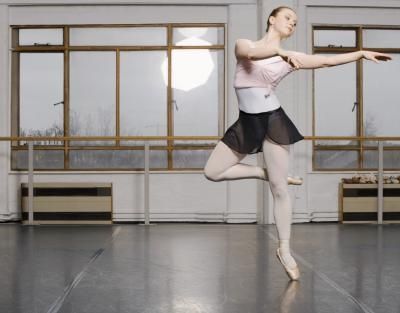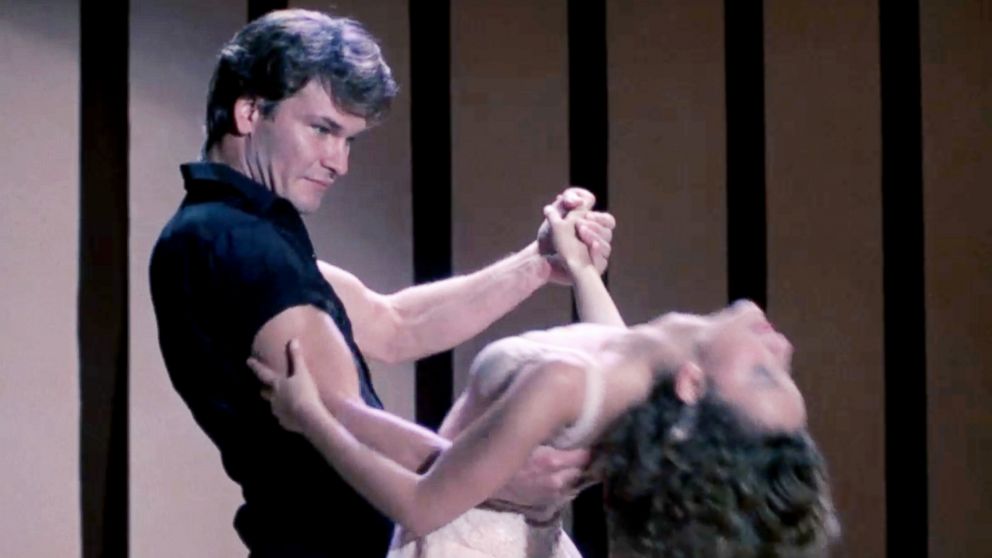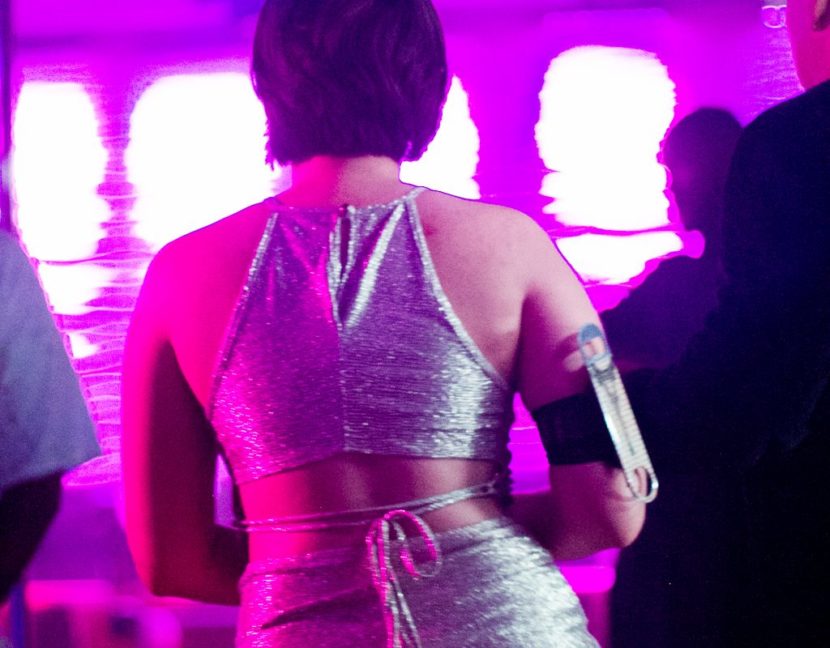How to make a dance studio in your house
How to Set Up Your At-Home Dance Studio
Disclosure: This article contains affiliate links with Amazon. If you make a purchase from these links, Dance Dispatches will receive a small commission – at no extra cost to you.
If you’re an avid dancer and your house has extra space, you could benefit from creating an at-home dance studio. It will be an especially easy project i you already have a home gym or a rec room (recreation room, but I think these are only common in the US). Here are a few practical steps to transform a room, or part of a room, into a functional dance space. Our range of home dance studio ideas covers the basics, technology set ups and useful dance accessories.
Home Dance Studio BasicsThese are more or less the essentials for the dance studio in your home. Most dance schools highly invest in this essential equipment because it’s the most important.
1. Clear a space.There’s no way around it; you need some free space to dance. Otherwise, you’re destined to accidentally kick, trip over or break some standard household object when you’re dancing at home.
Determine where you will have enough room to dance – even if it’s just 8’ by 8’. Sure, you won’t be able to perform large traveling movements; but otherwise, you will be able to move quite freely.
If you’re lucky, you’ll be able to maintain a permanent studio set up. Otherwise, you may need to prepare your home dance space every time you wish to dance by pushing your furniture to the room’s peripheries, etc.
2.
Lay your home dance studio flooring.Yes, you can dance on any floor, but it’s not easy to spin on carpet – and a concrete floor will be especially hard on your joints. The breakdancers’ solution was to practice on sheets of cardboard, but if you’ve got a budget for your dance studio flooring, wouldn’t you rather have wood floors? You can follow this DIY article from the Swungover blog (about swing dancing), which details how to make a wooden practice dance floor for your home.
You need a little know-how to assemble the aforementioned flooring. However, if you’re willing to forego wood, you can find interlocking tiles to create your dance floor. Models vary, but you just snap them into place, then fix the sloped border pieces around the edges. For instance, Soft Floor sells kits that cover 1 square meter, 1.8 square meters and 3 square meters.
If you want to upgrade to a professional grade studio, you’ll want a sprung floor. This type of floor helps to protect the joints during jumps and other high impact moves. The renowned dance flooring brand, Harlequin Floors, sells home studio kits with Harlequin Liberty sprung floor panels covered with either Harlequin Cascade or Harlequin Reversible vinyl. (Vinyl flooring, sometimes referred to as marley, is less slippery than polished wood and can often be found in ballet studios and covering professional stages.)
Once you finish your home dance floor, you still have a few more home dance studio flooring options.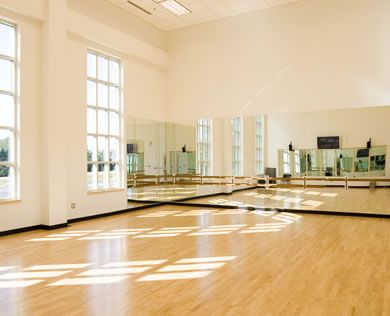 Other alternatives include purchasing a tap dance pad to protect your new dance floor – and purchasing an inflatable tumble track or acropad to safely practice acrobatic dance tricks.
Other alternatives include purchasing a tap dance pad to protect your new dance floor – and purchasing an inflatable tumble track or acropad to safely practice acrobatic dance tricks.
As Nelly’s Hot in Here single alludes, you need to dance in front of a mirror to be “checkin’ your reflection”– and it’s even important when you’re not just dancing in the mirror while you’re on the phone. Mirrors offer useful visual cues for dance learners. When you glance in the dance mirror, you may notice that you haven’t completely straightened your leg or that your arm positions are slightly off. This feedback can help you to improve your dance technique.
You can either mount multiple floor-to-ceiling dance studio mirrors on the wall to reflect your every movement – or install a single, large dance mirror panel. Specific dance mirrors aren’t necessary, either; you can get a skinny full-length mirror to to the job. Depending on your home dance studio arrangement, you can even get this over-the-door mirror, which hangs from the top of a door – or opt for a portable standing mirror. And if you want an artsy look, you can create a mirror wall with these sticky reflective mirror-like decals.
Depending on your home dance studio arrangement, you can even get this over-the-door mirror, which hangs from the top of a door – or opt for a portable standing mirror. And if you want an artsy look, you can create a mirror wall with these sticky reflective mirror-like decals.
4.
Raise the barre.When you’re warming up with your own barre class – or a free online ballet barre video, you can use the back of a chair for support. It’s okay, but not ideal. A longer ballet barre would give you more room to stretch and could be shared with multiple dancers.
To set the barre, affix either a single barre or a double barre to the wall. (Pun intended.) Otherwise, select a transportable barre, which allows dancers to stand on either side of the barre and practice at the same time. You can either pick a barre with adjustable height – or choose a barre with two rungs at different heights.
You’ll enjoy trying these free online ballet barre classes even more when you dance with a real barre.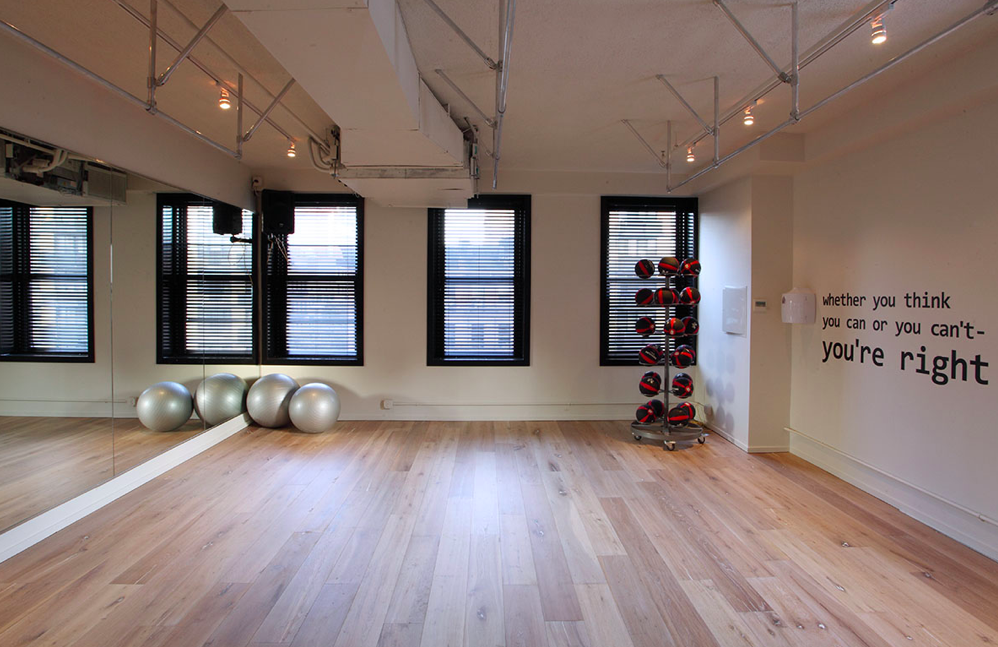
If you want to play music on a quality sound system, follow along with an online dance class or record a video of you nailing a dance challenge (inspired by Covid-19), you’ll need to arrange your dance studio at home appropriately. This tech may not be necessary, but it can definitely enhance your dance space.
5. It may be time for a telly.A television in a dance studio could be counterproductive, but only if you let it lull you into a movie marathon instead of a dance session. However, if you mount a flatscreen television to the wall in your home dance space, you can stream online dance classes and follow along without craning your neck to watch them on your phone or laptop. You can also cast YouTube dance tutorials to your smart TV, in addition to online dance fitness workouts (like DanceBody).
6.
Listen, you want a good sound system.It’s your space, your music when you’re at home in your dance studio. You don’t need to pop in wireless earbuds, like you would at a communal gym space. Gone is the heyday of boomboxes that blasted cassette tapes and CDs.Unless you’re feeling nostalgic, you can use a small portable speaker to amplify songs from your phone. Apple fans will naturally gravitate towards the iHome, while others may be tempted by JBL’s wireless speaker. If you want to go full out, shop for a surround sound speaker set, which will give you a more intense, immersive experience.
You don’t need to pop in wireless earbuds, like you would at a communal gym space. Gone is the heyday of boomboxes that blasted cassette tapes and CDs.Unless you’re feeling nostalgic, you can use a small portable speaker to amplify songs from your phone. Apple fans will naturally gravitate towards the iHome, while others may be tempted by JBL’s wireless speaker. If you want to go full out, shop for a surround sound speaker set, which will give you a more intense, immersive experience.
7.
Get camera friendly gadgets.Give your family and friends a break. With certain tools, you no longer need them to film all of your dance videos. You can simply prop your laptop or tablet on a small table to capture your sweet moves. I recently did this for the #danceitoutchallenge; however, I was disappointed with the video quality in the slightly low light.
You may want to record on your phone, instead. To do this, get a mini version of a tripod, called a GorillaPod which can stand on tables and wrap around other objects for optimum height placement. Or purchase a large standing tripod to mount your digital camera. (But do make sure your camera has a tripod mount.) While these devices will keep your recording device static, you’ll want this nifty Pivo device for automatic motion tracking. It’s pretty cool.
Or purchase a large standing tripod to mount your digital camera. (But do make sure your camera has a tripod mount.) While these devices will keep your recording device static, you’ll want this nifty Pivo device for automatic motion tracking. It’s pretty cool.
These small accessories aren’t necessary for dancing, but if you have the space, this is a good place to put them.
8.
Collect your dance equipment for home here.A home studio space is a great place for your dance training accessories. Sure, a foot stretcher to enhance your arches may not be your thing – but there are a couple of other dance accessories to improve your technique and physique. Instead of stretching your feet, you can use a pulley-based leg stretcher to perfect your arabesque. To better your turns, you can either try a turn board or a turn disc. They help you become accustomed the sensation of turning multiple revolutions.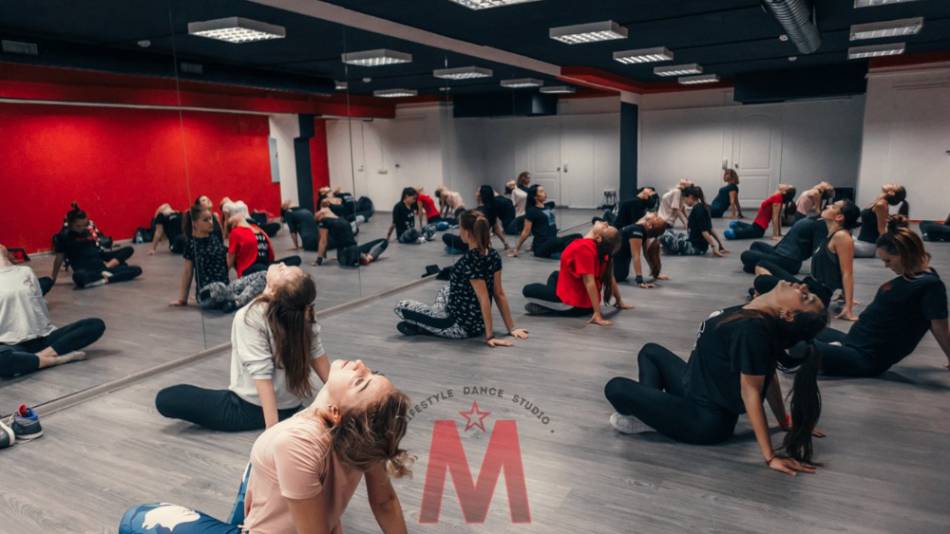 You don’t need to be in relevé on the turn board, but you will improve your balance in relevé on a small turn disc.
You don’t need to be in relevé on the turn board, but you will improve your balance in relevé on a small turn disc.
9.
Bring in your home gym kit, too.Your open studio space can function equally well for cross-training. While you might not have room for large pieces of exercise equipment, like cross trainers, treadmills, exercise bikes and rowing machines, you can probably squeeze in a weightlifting bench, small hand weights and a set of kettlebells. Resistance bands, gliders, ab wheels and TRX-type suspension trainers can come in handy, too.
A yoga mat is good for stretching, even if you don’t practice yoga, because it’s soft and keeps your warm body from cooling off too quickly on the floor. You would also enjoy a foam roller, massage stick, and/or massage balls to release the muscles after intense dance sessions.
10.
Add your dance decor.Last, but not least, you can decorate your studio with inspirational dance posters or your own gorgeous dance photos.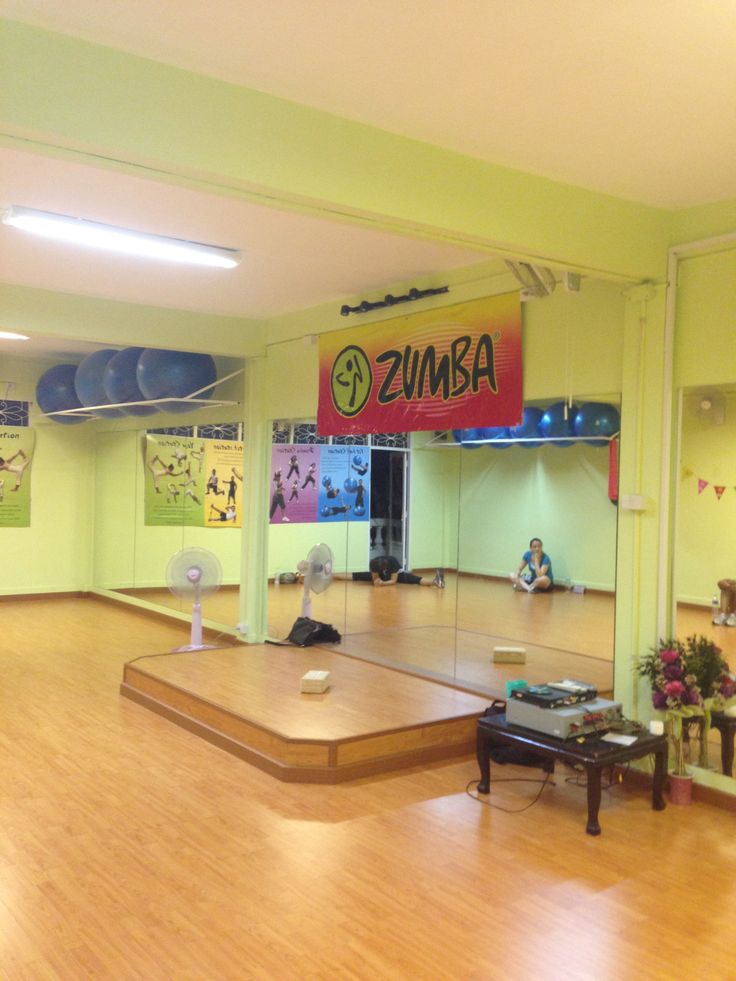 You can proudly display your trophies and hang your old pointe shoes or ghillies. (What else are you going to do with old, worn out dance shoes?) You won’t want to overcrowd your special dance space, but it’s nice to add a few personal touches. For a bit of flash, you can even add some fun disco dance lighting.
You can proudly display your trophies and hang your old pointe shoes or ghillies. (What else are you going to do with old, worn out dance shoes?) You won’t want to overcrowd your special dance space, but it’s nice to add a few personal touches. For a bit of flash, you can even add some fun disco dance lighting.
Where are you going to place your dance studio? And what are you most excited to add to your dance studio at home? We look forward to hearing about your home dance project in the comments below!
How To Build A Dance Studio At Home
Is it your dream to be able to wake up, brush your teeth, and go dance in your own private studio?
To be able to choreograph or take STEEZY Studio classes in the comfort of your own home?
Well, with a bit of sweat and money, you can totally build a dance studio at home! Here’s a step-by-step guide on how to do it.
When you’re choosing an area in your house to build a studio, pick somewhere that’s further away from bedrooms.
You don't wanna disrupt your parents or roommates when they’re trying to sleep!
It’s also best to keep it on the first floor so you don’t have to worry about how much noise your feet are making.
Even if you feel like you don't have lots of options, you really don’t need a ton of space to make it work.
I’ve seen dancers use a corner in their garage, a hallway, bathroom, and even laundry rooms as their at-home dance studios.
Once you have your space figured out, you can...
2. Install mirrors
There are lots of different ways you can do this. I personally got 2 mirrored closet doors off of Craigslist for $50 total.
All I did was search “sliding closet mirror,” and found this family that was trying to get rid of them because they were remodeling their house.
You can find them at home improvement stores, too:
These are nice because you can move them around, but a bit less secure if you’re just leaning them against your wall.
You can also use vanity mirrors to build your own dance studio.
Piece them together on your wall depending on how much space you have and how big you want your mirror to be.
A super economical version of this is to get these sticky wall mirrors
and piece them together.
Downside is, you will able to see lines in between them, and they might be difficult to remove from your walls.
If you’re renting a place and don’t wanna risk peeling off the paint, then you can also get a huge cardboard box and stick it onto that and lean it against a wall.
WalMart has these 36” x 60” “Activity Mirrors” for less than $250 that you can install relatively easily.
MiraSafe mirrors can be quite pricey, but they’re amazing for makeshift dance studios.
If you’re the only person using your at-home dance studio, then one of them will be enough.
Check out this article for a step-by-step DIY guide to build your dance studio at home using MiraSafe.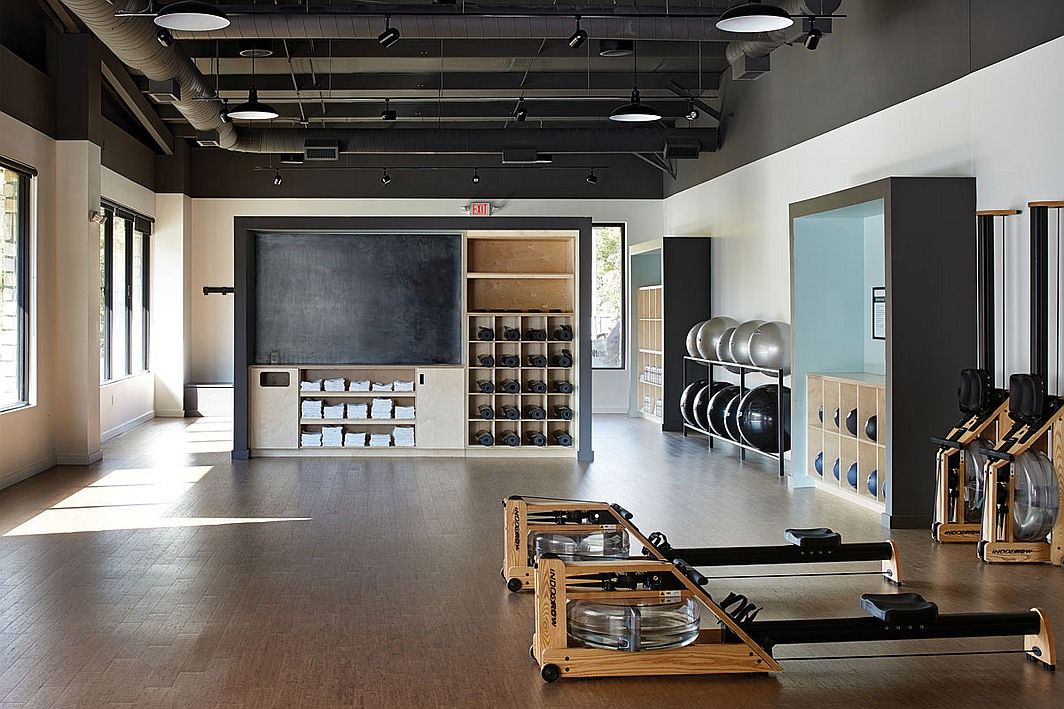
This Fab Glass and Mirror kit is another investment that’d be worth it if you’re building your own dance studio for the long haul.
STEEZY actually uses Glassless Mirrors at our studio / office. They’re also pricey, but an option if you have a lot of space and want to be able to move them around.
3. Install floors
This isn’t absolutely necessary, but if you don’t like dancing on carpet or cement (in your garage), consider getting some wood or laminate floors for your dance studio at home.
There are some portable ones that you can lay down anywhere, like mats.
As well as interlocking ones you can piece together according to how much space you have.
Getting laminate flooring by square foot from a home improvement store is another option.
Dancing on wood is better for your knees and joints than dancing on cement is.
It can also give you a better idea for how your dancing will feel and look when you do it on other wood floors (at a studio, on stage…)
4.
 Speakers and sound systems
Speakers and sound systemsIt’s probably not necessary to deck out your dance studio at home with surround-sound system.
A nice speaker does the job just fine, and you can move it around for different occasions. We use this one at STEEZY:
This one’s nice too:
If you're on a budget, just use your iHome or Echo or whatever speaker you have.
And if your at-home dance studio is just for you, you can also get away with just using headphones.
Dancers are lucky – we don't need a bunch of expensive equipment to be able to do what we love!
With mirrors, a floor, and some music, our at-home dance studio is complete.
Whether you live too far from a real dance studio, or just want extra dance practice on top of taking classes...
Building your own dance studio at home will give you the freedom to dance comfortably, whenever you want!
Use it to choreograph, freestyle, and of course – take classes on STEEZY Studio.
Check these posts out next:
Famous American Dance Studios You Should Know!
5 Famous American Ballet Schools You Should Know
where to start and how to name a dance school
Opening a dance school
Dancing is an inexpressible pleasure, a toned figure, excellent mood and positive energy that fills a person. Today, both children and adults are enrolled in school and are engaged in modern and classical dances with experienced teachers.
Salsa, Latina, hip-hop, and classical music are considered the most popular among the many directions. Therefore, today many experienced teachers are thinking about how to open a dance school. It is not difficult to build your own business, but is it possible to speak with confidence about its prospects?
Contents
- How to open your own dance school quickly: what it takes
- How to open a profitable dance school: finding teachers
- What do you call the boat.
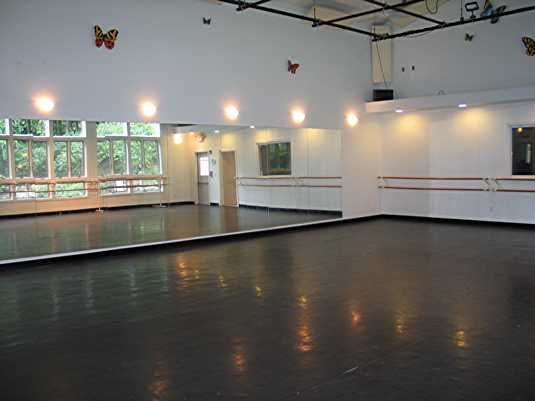 ..
.. - Advertising company: how to open your own dance school
- Dancing for children
- Business is business
How to quickly open your own dance school: what it takes
Opening a dance school is essentially no different from organizing any other business. It also requires calculations and investments. You need a good team and a development plan. First you need to answer the question: how much will your services be in demand in the place where you plan to start your business. If there are already dance schools or dance groups in your city, it is worth considering how exactly your school will differ from the rest. You must formulate a competitive offer in order to attract customers.
If you are looking for a detailed plan on how to open a dance school, we recommend that you take the advice of experts:
- The first step is to decide on the style of dancing. To do this, we take into account not only personal interests, but also the needs of potential customers.
 You should start monitoring the service market before you open your own dance school. After that, you will be able to determine the circle of your students. Classical dances, salsa are suitable for people of all ages, so there will always be many customers. Such youth trends as hip-hop, breakdance, go-go will attract children and teenagers.
You should start monitoring the service market before you open your own dance school. After that, you will be able to determine the circle of your students. Classical dances, salsa are suitable for people of all ages, so there will always be many customers. Such youth trends as hip-hop, breakdance, go-go will attract children and teenagers. - Selecting a suitable room. Not every businessman who is interested in how to open a dance school is ready to shell out a whole capital for the purchase of his own separate premises. Therefore, at first you will need to rent a dance hall inexpensively until you earn a serious reputation and gain regular customers. Today, the rental market has a huge selection of spacious, bright rooms with all the amenities for a comfortable workout. High-quality flooring, air conditioning, full-wall mirrors - look for a suitable option in advance before opening a dance school. A convenient place in a residential area should be located near transport stops.

If you are renting space in a residential building, it would be a good idea to get the approval of the tenants. Neighborhood with loud music, constant vibration, not everyone will like it. And, even if such approval is obtained, you still have to ensure good soundproofing of the room. This may require additional funds.
Advertising company: how to open your own dance school ↑
To get started, create your own website where potential clients can get all the information they need about the school, schedule, coaching staff, and tuition fees. This is how photos and videos with illustrative examples should be - this will help to attract and interest students. Advertising through social networks works effectively. Take advantage of the media, organize a leaflet distribution on the street, and your dance business will be an incredible success.
How to Start a Profitable Dance School: Finding Teachers ↑
If you want your dance business to flourish, you should look for experienced trainers who have won prizes at prestigious festivals and competitions, and also have a good reputation.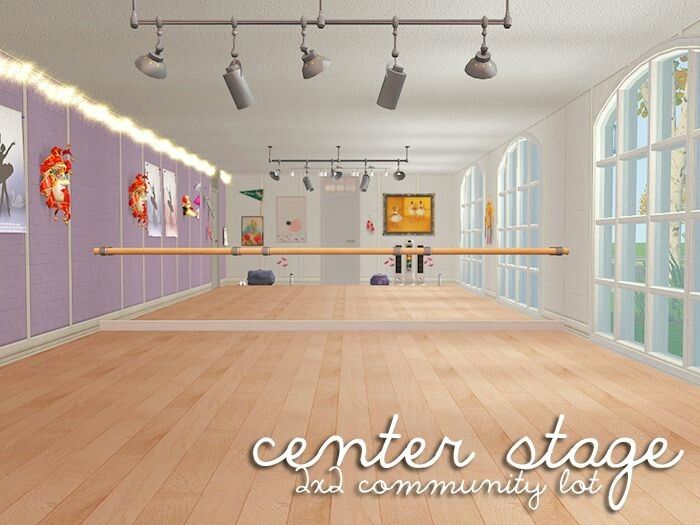 Before you open your own dance school, you need to study the information on thematic sites. The rating of professional dancers and coaches will help you make the right choice. After all, the success of your project will depend on the charisma and skill of the teachers.
Before you open your own dance school, you need to study the information on thematic sites. The rating of professional dancers and coaches will help you make the right choice. After all, the success of your project will depend on the charisma and skill of the teachers.
By the way, many professional choreographers teach at universities in theater and dance. Offer them the opportunity to work with you on a shared schedule. After all, most of those “stars” of the dance floor that you intend to contact, focusing on reviews and forums, are their former students and they got into the dance show business also thanks to them.
What do you call the boat... ↑
The name plays an important role in creating the image of a dance school. If you don't know what to call a dance school yet, it's okay. There is no need for haste in this matter. Many leaders choose thematic names, one way or another connected with dances, and there are many who want to give their own name to their own dance school.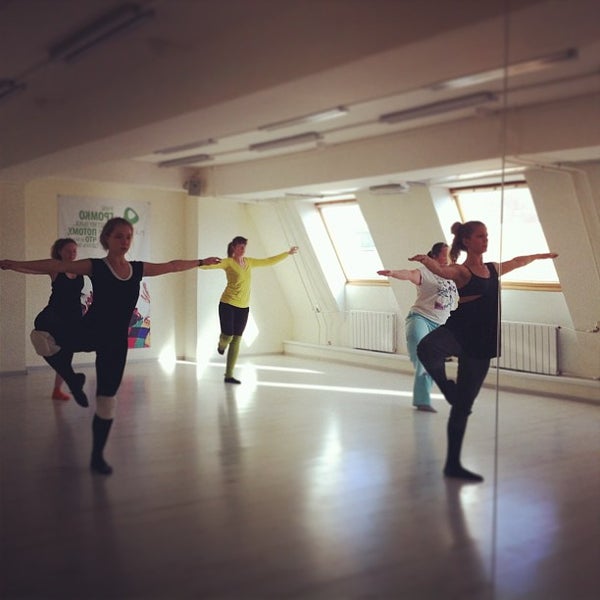
You can follow their lead, or choose your original name. The main rule is that the name of your offspring should be euphonious, bright, memorable and “dancing”.
Dancing for children ↑
Recently, more and more parents pay attention to the physical and aesthetic development of their children. Art and music schools do not know the lack of students. As for dance schools, they still do not have the status of institutions of additional education. After graduating from an art or music school according to a program that has a clear course and deadlines, you can continue your studies at another level. In dancing, however, such results have not yet been achieved. The exception is ballet schools, whose teams subsequently work in theaters.
Working with children has its own peculiarities and limitations. This applies to the arrangement of the premises, and the distribution of classes, and the actual educational program. Therefore, if you are wondering how to open a dance school for children, first read all the requirements.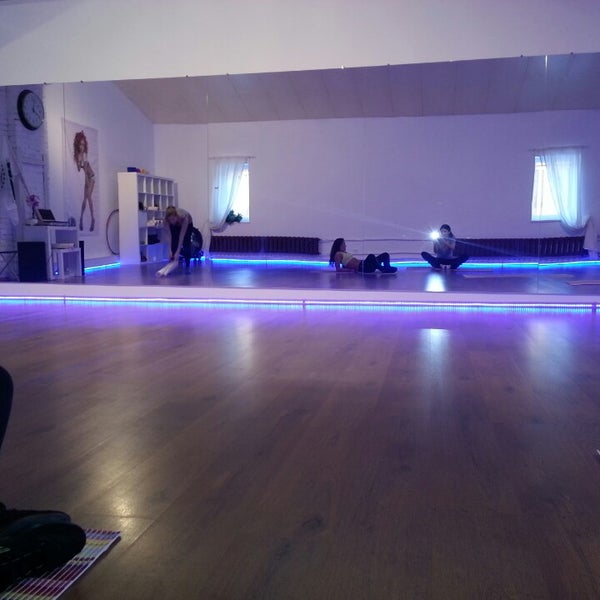
Supervisory organizations always have an increased interest in children's institutions, and therefore you will have to resolve all issues, even those that at first glance seem insignificant. For example, the arrangement of a fire exit or the condition of common rooms.
Business is business ↑
No matter how creative you are, when it comes to the prosperity of your own school, which should at least pay back the money invested in it, this is entirely your concern. If you feel that you are not coping with the tasks of the manager, hire a specialist to solve economic issues. So you can practice the art of dancing without being distracted by trifles like maintenance or purchasing consumables.
By the way, if you plan to expand the school with additional branches, you will also have to worry about recruiting staff for each of them. And the position of the manager should not be the last in the list of the most necessary. This person may not understand the styles and directions of dance at all, but he must be a good business executive and a reliable worker.
The same applies to the financial side of the issue. Relations with the tax office, reports and declarations, budgeting and other material issues are also best left to a professional. Otherwise, your theoretically profitable business can easily become a financial burden.
profitability, work with teachers, promotion, difficulties and mistakes
Irina Malchukova
opened a dance studio twice
Author profile
Eight years ago I opened a dance studio in a small metallurgical town where there was nothing like it at that time.
During its existence, the studio went through several relocations, seriously went into the red twice, but in the end it remained a successful business, and then I sold it. I’ll tell you how everything was, what worked for me and what didn’t work out.
Why I decided to open a dance studio
The story began in a standard way: since childhood, I dreamed of dancing and for a long time persuaded my parents to take me to a choreographic studio.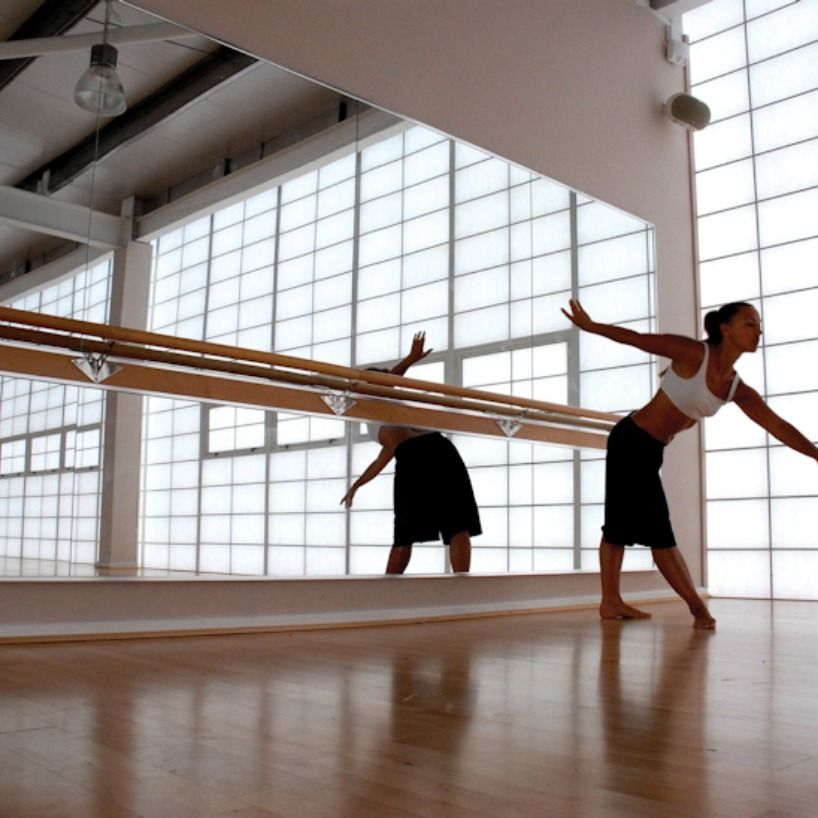
There were no holidays, vacations or birthdays in the studio. It was possible to miss a training session only in two cases, as the coaches joked: he fell ill or died. The rest of the reasons were not considered valid, and it was possible to fly out forever.
Later, I appreciated the strict discipline and exactingness of the teachers. Thanks to them, I can easily control myself, concentrate on any, even unpleasant, business, and bring everything to the end.
This helped a little in business: I could work 10-12 hours a day without days off and holidays.
After graduating from school, I thought that dancing is a hopeless field, so I need to get a different education and build a career. I studied to be an economist and during my studies I managed to work in a trading company, a women's correctional colony and a large network company.
But I was bored doing monotonous activities and being subordinate to someone, I wanted to embody my ideas.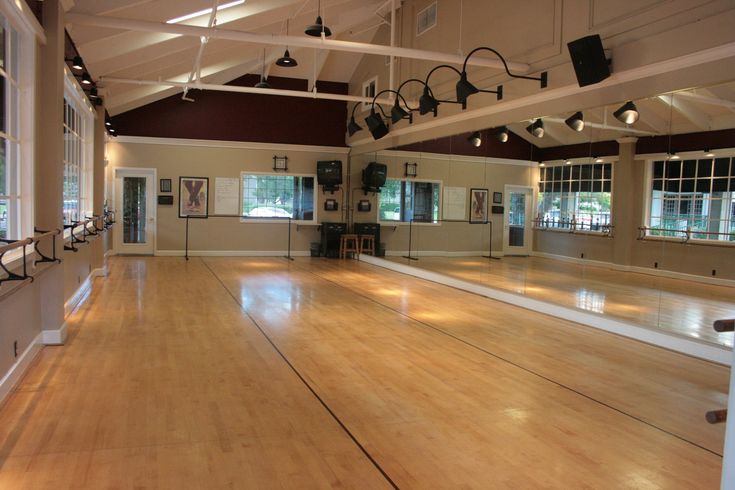 In 2009In the year I decided to take a part-time job as a dance coach, and since then a completely different life has begun. I started working in the then popular areas: strip plastic, stretching, go-go, I also taught regular dances to children and was a group program coach in fitness rooms.
In 2009In the year I decided to take a part-time job as a dance coach, and since then a completely different life has begun. I started working in the then popular areas: strip plastic, stretching, go-go, I also taught regular dances to children and was a group program coach in fitness rooms.
I enjoyed teaching people and putting numbers, inspiring others to accomplish things, raising disciples, and achieving results with them. It's like a coach's job: he gives his whole soul and nurtures champions.
Almost as soon as I started working as a trainer, I wanted to open my own studio. I didn't like the set boundaries and the backward approach to business. In the dance schools where I worked, there were outdated areas that were out of fashion for a long time, such as aerobics. Classes were held without requirements for students and without results: we did not put numbers and did not participate in contests or competitions. There were no opportunities for growth for teachers or students.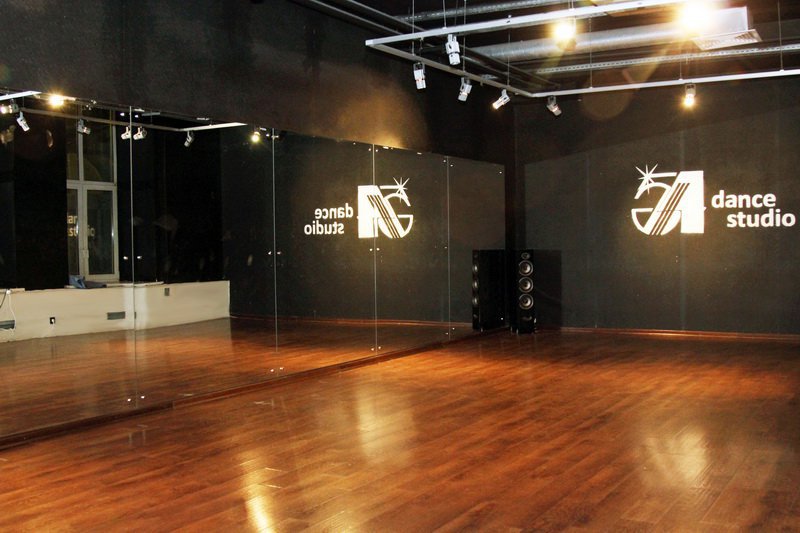
/twerk/
How to start twerking, how much does it cost and why shake your booty at all
The business itself was not service oriented. Schools did not develop, did not innovate - they simply worked for decades according to the old scheme. Several times I came with fresh ideas, for example, to shoot a video clip, but all this was perceived by the management with hostility.
In 2012, I graduated from the institute and received a diploma in economics. I had a choice: to leave for another city, because there were no prospects in mine, or to go work in the dance field abroad, or stay here, but do my own project.
I dreamed of creating a project from scratch on my own: thinking about how to plan and conduct classes, presenting the design of the studio, tracking down the mistakes of others. All these thoughts were constantly spinning in my head, day after day I lived only with this idea, remembering what not to do or what can be improved.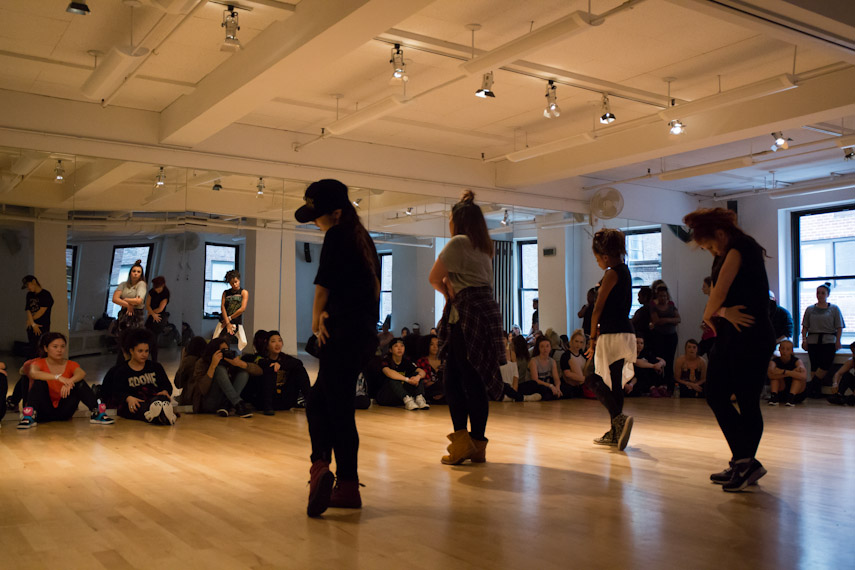
After graduating from the institute, I myself learned about a new direction - half-dance, this is dancing with tricks on a pole. It seemed to me interesting and promising, there was nothing like it in our city. I decided that the idea would shoot and attract people due to its novelty. Three years after I started working as a trainer, I launched my own studio.
What is half-dance
Half-dance is close to strip plastic, but unlike it, the purpose of the dance is not to seduce, but to show acrobatic skills. The movements in strip dance are soft and smooth. And half-dance is the same gymnastics, only not on a beam or rings, but on a pylon. On it, dancers perform circus and power elements.
In my city, metallurgists have not even heard of such a direction, but in Russia and around the world in the 2010s, half-dance just became a trend. At that time, I already had a large client base from dance schools and fitness centers where I had worked before, many students asked when I would open my own gym.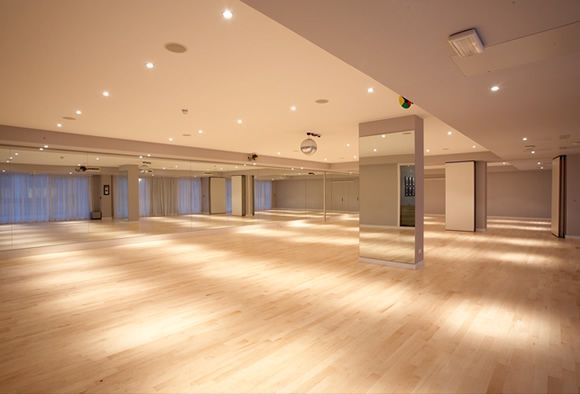
| Pole dance combines elements of choreography, gymnastics, acrobatics | There is also a separate sports direction in the world - pylon sport, which belongs to air power athletics |
Before I opened my studio, I twice studied pole dance in Yekaterinburg - it was the school closest to me where this direction was taught. And there lived a friend with whom I could stay.
The first time I went was in January 2012, and then back in May, before the opening of my gym. I studied for a week every day for many hours, attended master classes. For the first time, the director of the studio gave me a discount on acquaintance, and the training itself cost only about 10,000 R. The second time I spent about 17,000 R: the cost of the training itself increased, and there were more additional expenses for food and travel.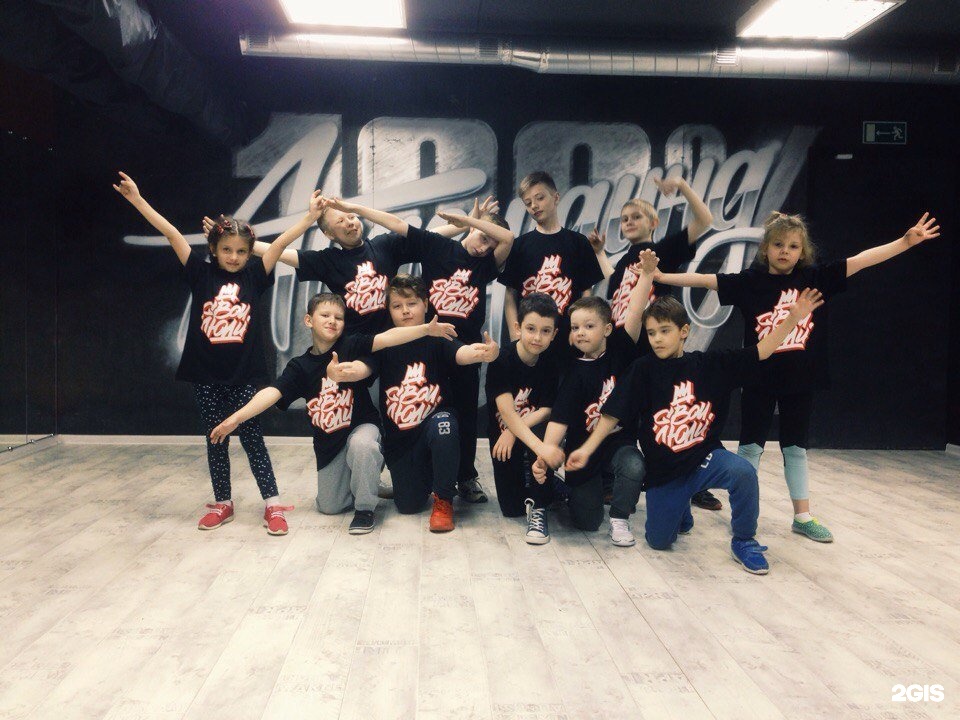 Both times I received certificates.
Both times I received certificates.
27,000 R
I spent on additional training in pole dance
There were no competitors in my city at that time. We had only seven dance studios: three taught street dances like hip-hop, breakdancing and locking, the rest were aimed at children, taught modern and classical choreography and ballroom dancing. In fitness clubs, they mainly taught go-go and oriental dances. I decided to take a risk and become the pioneer of a new direction in the city.
First Studio: 3m Ceilings and a Stolen Idea
In May 2012, I started looking for a space to launch the project just in time for the start of the school year. I discussed all the details like equipment, technical issues and the learning process with the directors of the studio in Yekaterinburg when I studied half-dance there.
The room had its own requirements:
- Ceiling height - at least 3 meters, so that poles - pylons can be installed.
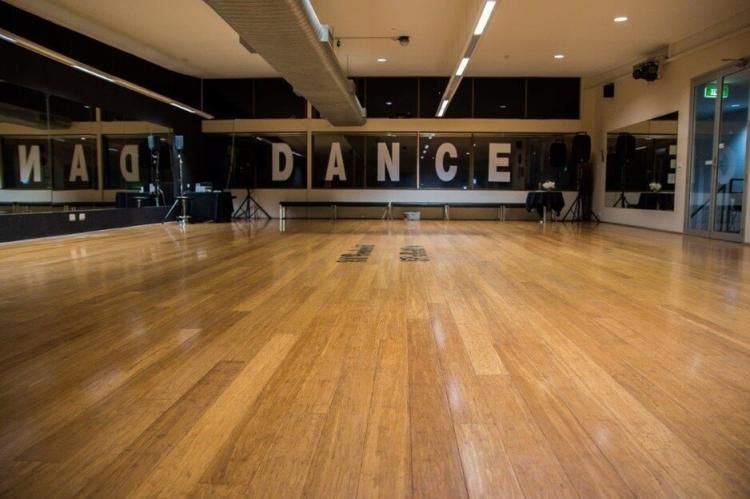
- The ceiling slab must not be hollow, but must be at least 30 centimeters thick. The pylons must withstand a weight of up to 150 kg. If the ceiling is thin, the mount simply won't hold up.
- Rent — up to 15,000 R per month. In my experience, it would be difficult to cover the amount higher with the number of subscriptions, and if something happens, I could find that kind of money to cover a failed month.
/dogovor-arendy/
What should a business consider when signing a lease
Not all landlords agreed to damage the ceiling, the thickness of the ceiling was not always suitable for my needs.
The deal failed with the first hall. Due to the peculiarities of the ceiling, an additional structure had to be made there. The landlords agreed to do it themselves, and I would have paid for the work, but at first they doubled the price, then increased it even more, and then refused to cooperate at all.
A few months later, I found out that they wanted to steal my idea and open a similar studio.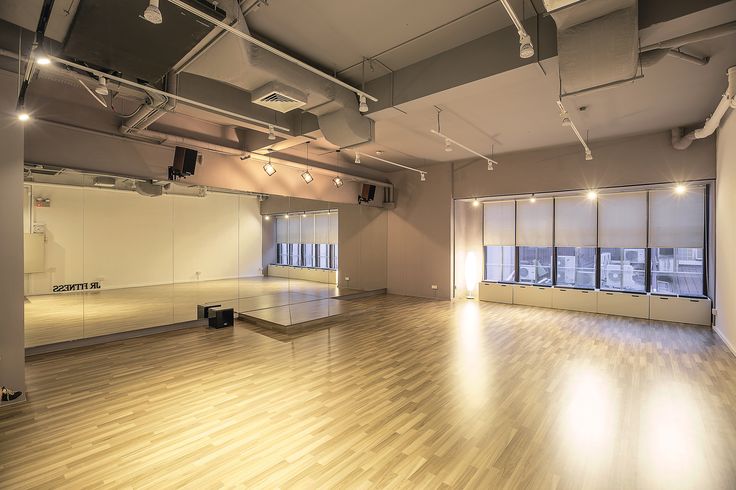
Fortunately, their attempt failed: they could not find the appropriate teachers, because only I had such a certificate and knowledge in the city. But the problem with the hall remained: I was already promoting a group on Vkontakte and recording for the academic year. The students were actively recruiting, but I had nowhere to receive them.
I couldn't just make excuses by telling a story about unscrupulous landlords and kept looking everywhere I could: on websites, in local newspapers, driving around the city, looking for signs about rent.
As a result, the opening had to be delayed for two months: due to the specifics and restrictions on the rental price, the premises had to be searched for almost six months. A former colleague helped: he learned from mutual friends that I was opening a studio, and his friend was just renting out a small hall.
We agreed that part of the repair costs will go towards rent. I did a facelift in a few days and bought equipment.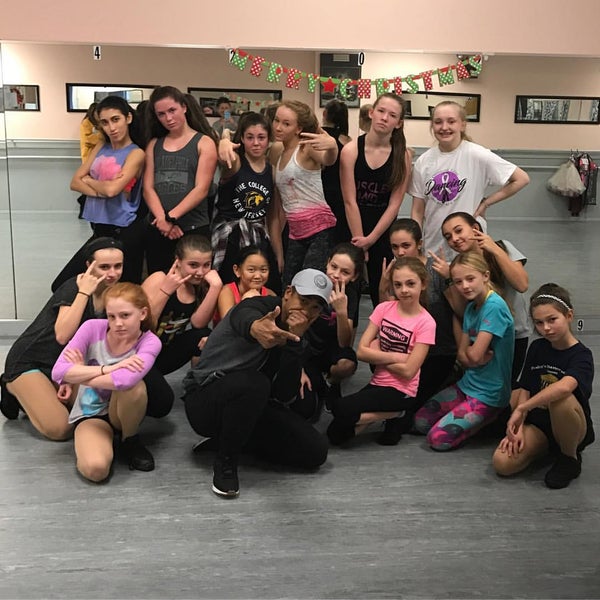
I did the repairs on my own — for example, I painted the walls myself. If it was necessary to attach pylons and arrange heavy furniture, then she called for help from familiar men. They spread linoleum on the floor and nailed it in places.
Pylons are installed quite quickly if there are no problems with the ceiling and floors: you need to drill a hole, attach the pylon, level it, and that's it. Detailed installation instructions are always attached to the pylons. We set up the first pylon in 2-3 hours, the rest were faster.
An important part of the cost for a dance studio is mirrors. They were made in a local company in my city to order. I ordered one-piece large mirrors to the floor. Due to the large size, there were difficulties with transportation: a special vehicle with equipment for transportation was needed - plastic windows are usually carried in such vehicles.
They could not be moved or installed by one person, and they could hardly fit into the aisle.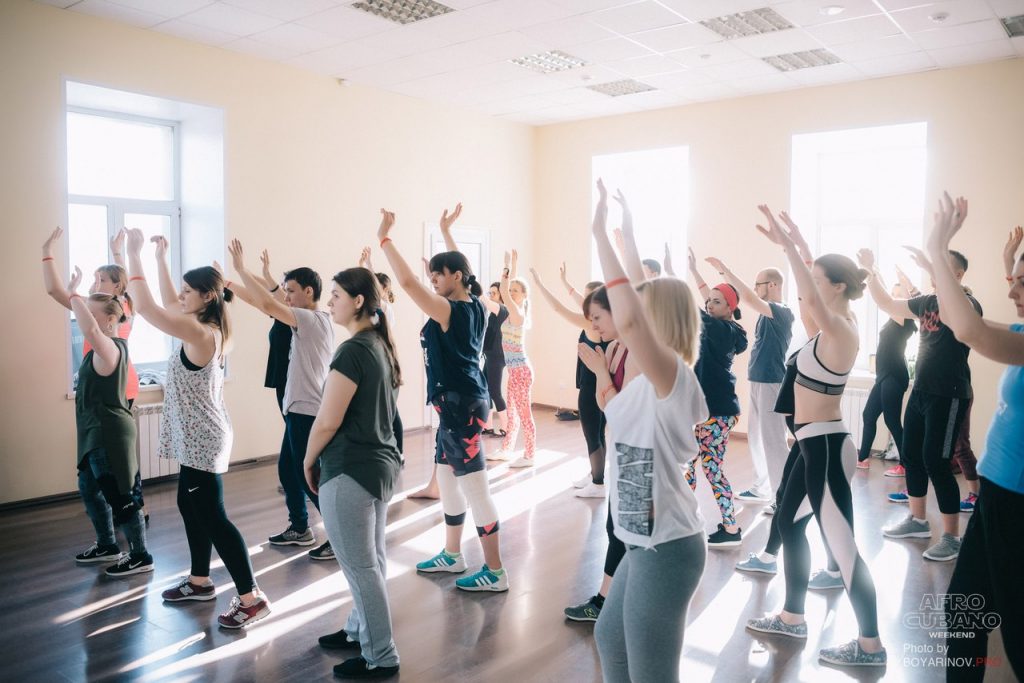 Plus, there were difficulties with fixing: if the wall was not perfectly even, then any slightest deviation could be seen in the mirror - at the joints, in reflections.
Plus, there were difficulties with fixing: if the wall was not perfectly even, then any slightest deviation could be seen in the mirror - at the joints, in reflections.
But the mirrors themselves were excellent, and then I transported them to new studios, breaking the part along the way and ordering new ones. As a result, my friends came up with the idea of custom-made huge plastic frames, like for plastic windows, where we inserted mirrors. So they were easier to transport and install.
For a pylon, a hole is drilled in the ceiling slab and fixed with screws. If the ceiling is not strong enough, the pole may come off during the trick and cause serious injury. Source: Pole4you This is what the studio looked like after the repair - huge mirrors were made to order at the local production At the same time I registered an LLC, I was the sole founder. I chose LLC because I planned to open branches in other cities - it seemed to me that it would be easier to do this than with an individual entrepreneur.
By the way, it would be better if I opened an IP. The LLC was not useful to me later, I had to close it, and this is more difficult than an individual entrepreneur. In the second hall, I had to negotiate with the landlord so that he would give me a legal address. He reluctantly agreed, and I had to pay for it. The LLC also needs to submit a large number of reports, but I did not have the necessary accounting knowledge. Until I hired an outsourced accountant, there were delays in submitting reports and fines.
/ooo-na-divane/
How to register an LLC from home
I opened the studio at the beginning of November. I was ashamed in front of the students, but they waited and almost all of them came.
To open a studio, I took a loan, so after the opening, most of the proceeds went to payments to the bank - 20,000 R per month. For the entire time the business has been running, I have taken several loans, on average, 30,000-50,000 R for a period of 3 to 5 years.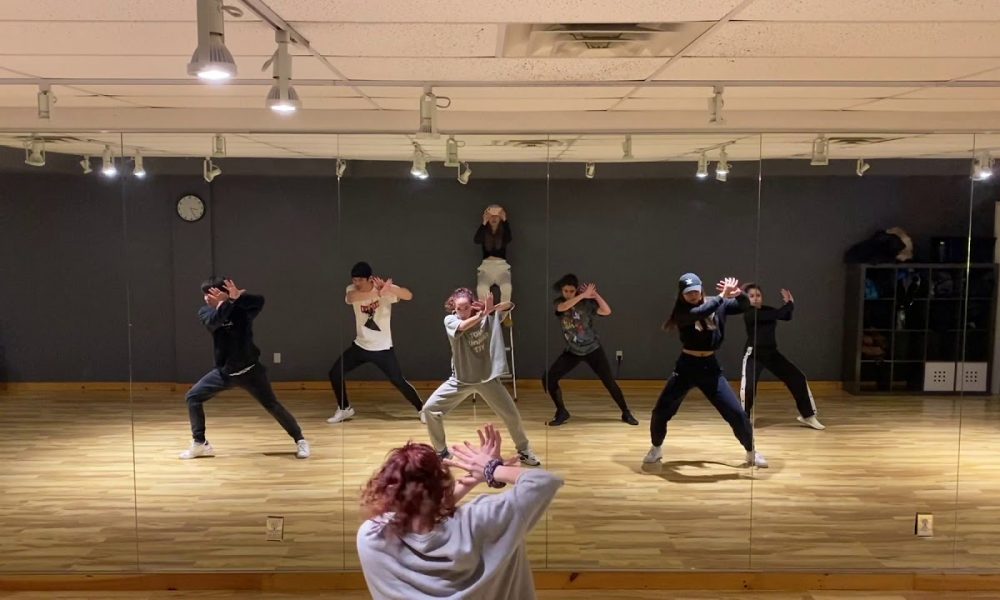 The total amount of all loans was 200,000 R.
The total amount of all loans was 200,000 R.
Expenses for opening a studio in 2012 — 200,000 R
| Equipment: mirrors, pylons, fixtures | 95 000 R |
| Cosmetic repairs: wall painting, flooring | 53 000 R |
| Training and professional development before the opening of the studio | 27 000 R |
| Bathroom renovation | 14 000 R |
| Music center, locker room furniture, hangers at the entrance and other small items | 11 000 R |
Equipment: mirrors, pylons, mounts
95 000 R
Cosmetic repair: wall painting, floor covering
53 000 R
training and advanced training before opening the studio
9000 000 R 900014,000 R
Music center, locker room furniture, hangers at the entrance and other trifles
11,000 R
How much did I earn
The first studio was small — there were only three pylons, and I could not teach more than an hour six or seven people. This allowed the studio to earn an income of about 65,000 R per month.
This allowed the studio to earn an income of about 65,000 R per month.
There were two main sources of income: group and personal lessons.
Group lessons were only by subscription. The most popular, for eight classes a month in the evening, cost 1800 R. Evening is considered the most profitable time, because more people come. There was a small discount for the daytime.
Personal lessons were by subscription and one-time. A subscription for eight classes cost 3000 R, a one-time visit - 500 R. At first, the income from personal classes was small: with group classes, I did not have time to take more students. When more teachers appeared, I could only go to personal classes, and the revenue from them reached 30,000 R per month.
Alcohol was a regular waste: it is used to rub the surface of the pole to remove dirt and sweat and improve adhesion to the skin. Alcohol had to be bought in canisters from doctors I knew - we needed a concentration of at least 70%, and this is not for sale in the public domain.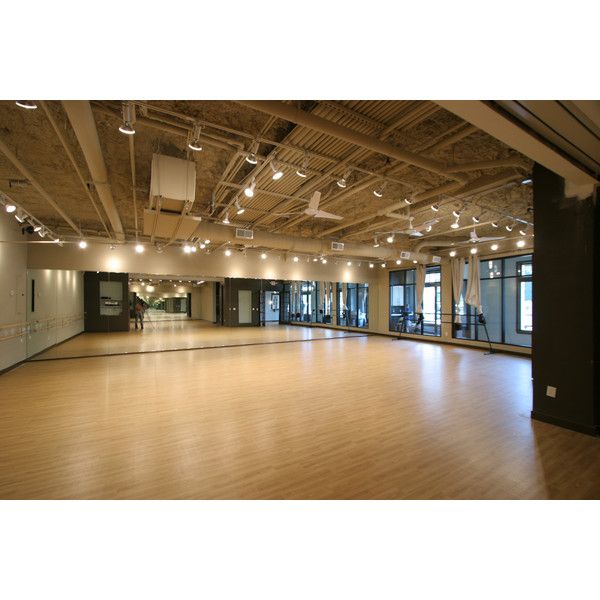 It took 2000 R per month.
It took 2000 R per month.
The largest turnover was from the spring of 2013 to the spring of 2014: 140,000-170,000 RUR. And the largest net profit was about 60,000 RUR.
Revenue for December 2012
| Subscription for 8 lessons | 27 000 R |
| Subscription for 12 lessons | 12 500 Р |
| Subscription for 16 lessons | 12 000 R |
| Day group | 8000 P |
| Personal lessons | 5000 R |
| Total | 64 500 Р |
Subscription for 8 lessons
27 000 R
Subscription for 12 classes
12 500 R
Subscription for 16 lessons
12 000 R
Day group
8000 R
Personal classes
5000 r
64 64 500 500 500 500 500 500 500 500 500 500 500 500 500 500 500 500 500 500 500 500 500 500 500 500 500 500 P
Studio expansion: moved four times in five years
The studio lasted only six months in the first building: the landlord changed plans and we had to move out.
I already wanted to move out myself, because the room was small and I could not train more than seven people in an hour. To support myself, support the studio and repay the loan, I needed to sell 20-30 subscriptions a month. If I bought less, I no longer had enough money for all expenses. It was necessary to expand and increase income, and for this, another room was needed. In just five years, we moved four times - each time to a new area of the city.
In March 2013, I took away the rugs and the music center and moved to another room - almost three times bigger than the old one. I had to take out a loan again, because the old pylons did not fit in height. For 150,000 R I bought five new pylons and changed the flooring. The move cost 300,000 R, including rent for two months.
300,000 R
I spent on moving
There were no problems with the purchase of poles: even then in Russia there were several specialized companies that produced professional poles for dance studios.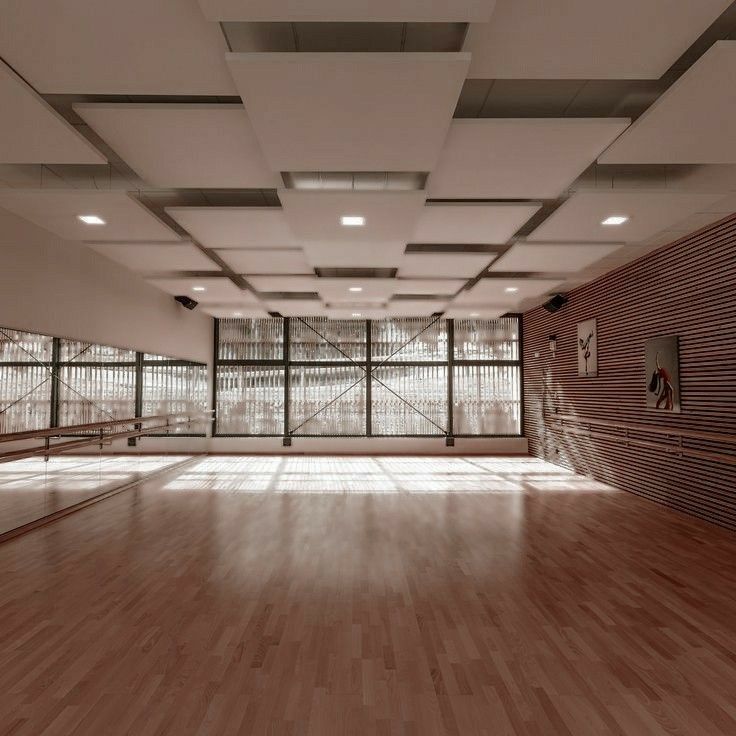 The best and most famous is located in St. Petersburg - Pole4You. You place an order on the website, choose a convenient delivery method - I had "Business Lines" - and they send it. Two weeks later I received the pylons.
The best and most famous is located in St. Petersburg - Pole4You. You place an order on the website, choose a convenient delivery method - I had "Business Lines" - and they send it. Two weeks later I received the pylons.
| Lesson in the second hall after renovation. The floor had to be re-made - it should be soft high-quality linoleum so that the students do not hit their knees and do not get hurt when they fall | This is the third hall we have moved to. There I seriously invested in repairs, laid carpet on the floor, repaired the locker room and shower for students and teachers |
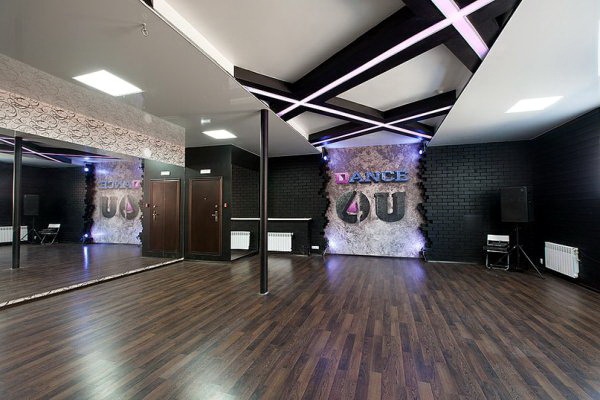 In the third hall, they made a bright panel on the wall. I was the first in the city to start teaching half-dance, so this particular dance is depicted on the panel
In the third hall, they made a bright panel on the wall. I was the first in the city to start teaching half-dance, so this particular dance is depicted on the panel The rent of the premises was three times higher than the previous one, the communal apartment was included in the price. In addition, you had to pay for security. All together it cost me 50,000 R.
There were no cheap premises, so the choice was either to continue or give up the dream. I decided to take a risk, and the risk was justified: the business grew rapidly. After the move, we already taught 10-12 students per hour and earned an average of 150,000 R per month.
How I built my work with teachers
I recruited teachers from former students: I chose those who had the potential for this or that direction, loved classes and knew how to communicate with the team. There were three main teachers, I took one or two more for additional directions like go-go.
She tried to make the work of teachers a pleasure: she gave salaries higher than the market, bonuses, paid for their training and advanced training, and gave part-time jobs. The average salary in the city for teachers at that time was 2500-4000 R per month for 2-3 lessons per week. I paid 7000-8500 R, if I gave out a bonus, then it came out about 10,000-11,000 R. I gave out bonuses to those who attracted new students to their classes and, most importantly, kept new students. Or those who came up with something interesting like New Year's contests.
The average salary in the city for teachers at that time was 2500-4000 R per month for 2-3 lessons per week. I paid 7000-8500 R, if I gave out a bonus, then it came out about 10,000-11,000 R. I gave out bonuses to those who attracted new students to their classes and, most importantly, kept new students. Or those who came up with something interesting like New Year's contests.
Teachers went to Yekaterinburg to improve their qualifications. It cost me 500-3000 R per person. I myself taught until the fall of 2013, and then I decided to leave only to manage the studio, since classes took time and effort.
Promotion: mostly word of mouth worked
The very first I had a group in Vkontakte — I started recruiting the first students even before the opening of the studio from former students. When I started to develop the group, I asked my friends to join it and make reposts, every day I posted posts, photos and videos to attract people. About a year later, the group had 1000 subscribers, and since 2013 it began to develop actively.
The popularity of the project was also influenced by the uniqueness of the project: half-dance in the city was a new exotic direction, people from the media sphere became interested in this.
/marketing-ads/
Basics of marketing for business: advertising
My main clients were girls 25-35 years old with an average income and a little higher.
Here's what I used to promote.
Regularly updated accounts on Vkontakte and Instagram. I photographed a large, beautiful, spacious hall with high pylons, people reacted and signed up for classes. We wrote about the studio every day, posted posts, asked all our acquaintances and friends to tell about us.
Involved in the promotion of the community of teachers. In the new room, I already taught with three coaches, whom I found among former students. They posted recruitment announcements for groups on their social networks, made photo sets and videos for Instagram.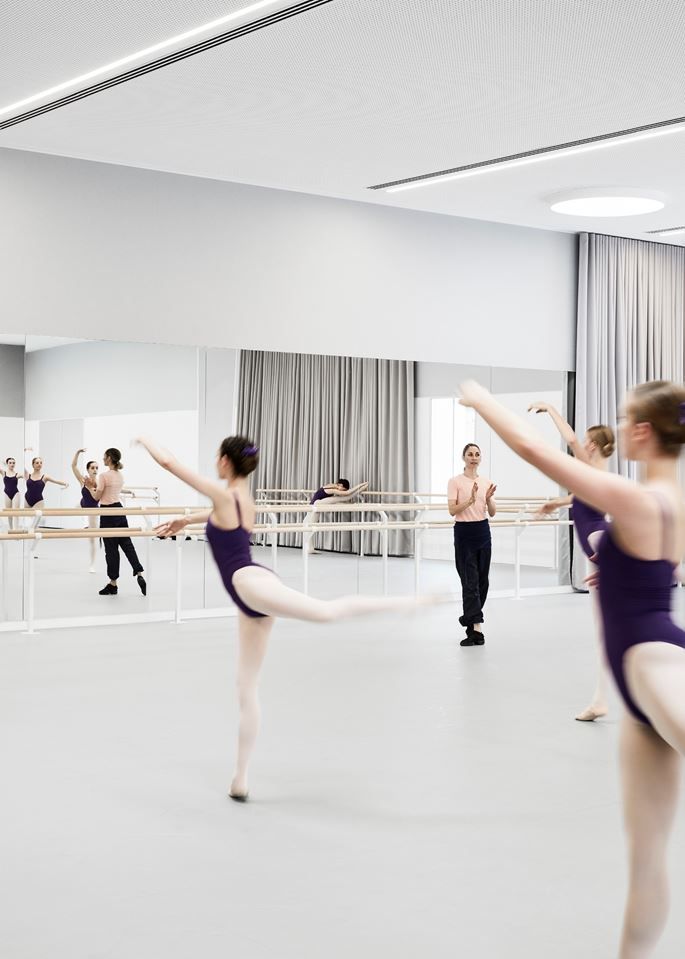 Friends of acquaintances came - it turned out such a word of mouth.
Friends of acquaintances came - it turned out such a word of mouth.
Made a website for the studio. It cost about 13,000 R. I made a beautiful clip on the main page, added photos, information about teachers and a class schedule. After the site appeared, calls began to arrive twice as many.
13,000 R
I spent on the site
I invited photographers and cameramen to work on a barter basis. The direction was new in the city, so they were interested in working with us free of charge. Sometimes they did provocative reports like "Half-dance: striptease or art?", but in any case, publications brought us fame. There were about 15 permanent photographers.
Photos from the performances of studio teachers at concerts and events. These are dances on canvases. Photo: Dmitry Kaiser| An example of a photo shoot that we came up with with a photographer. Photo: Dmitry Kaiser | For them, it was new and unique content that no one else had done in the city. Photo: Dmitry Kaiser Photo: Dmitry Kaiser |
Placed ads about the studio. I have published on local sites, 2GIS, Flampe and Avito. She advertised several times through Yandex Direct. Local sites and 2GIS did not give any results, but promotion through Yandex Direct and Google Ads worked.
I was engaged in promotion, at the very beginning I asked a friend to figure it out and help set up advertising. Usually, new campaigns were launched before the season - at the end of summer to attract students for the new school year, and at the end of winter to attract people for the spring. The advertisement lasted 1-2 weeks, the average campaign budget was 7000-15 000 rubles. We did not have to negotiate with them: they themselves found out that a new dance style was being taught in the city, and they wanted to talk about it.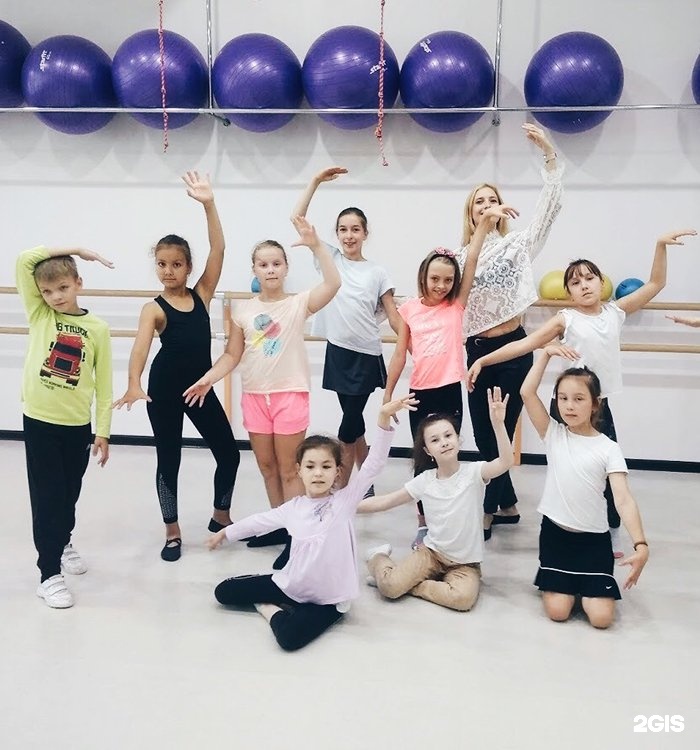
Development of the studio: new directions in the city
Everything was spinning at breakneck speed. Soon I brought new dance styles to the city: aerial gymnastics on canvases and acrobatics on the ring. This trend had already begun in Yekaterinburg, and I knew that it would soon come to our city. It was necessary to have time to be the first.
At first, all this was not in demand, because it was hard and difficult for the students. It is very painful to practice on the ring and canvases: after the lesson there are huge bruises from hoops and burns from the fabric.
Imagine: you are hanging in the air and you are being held by a rag digging into your body.
But then the direction unfolded: beautiful photosets and clips with dances on canvas appeared in all social networks, competitions began to be held in cities, dance studios made enticing advertisements.
I was the first to develop this direction in the city, so the students immediately came to me. Once I organized a competition to draw attention to dancing on canvases: for the best photo on canvases, I gave a subscription to eight classes in the studio.
From the outside, these dances seem dangerous, but there have never been any accidents in my classes. Classes are necessarily held with special mats that soften the blows if someone suddenly falls. Teachers are trained and know how to avoid injuries. Before the start of classes, my clients got acquainted with the instructions for safety rules and signed it. Nevertheless, adults understood their responsibility, no one took risks once again.
For classes on canvases and rings, you need to buy additional anchors - these are such fixtures in the ceiling - and soft mats on the floor for safety In general, there are few incidents in this area.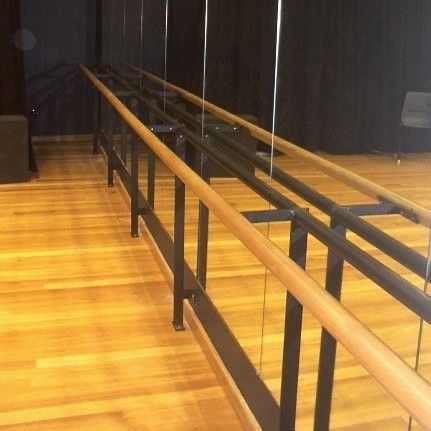 I heard only about one case: in Yekaterinburg, a girl flew off a pylon and broke her arm. But it was a pylon of a different design - a portable one that stands on the podium. It is less stable than a pylon bolted to the floor and ceiling in a studio.
I heard only about one case: in Yekaterinburg, a girl flew off a pylon and broke her arm. But it was a pylon of a different design - a portable one that stands on the podium. It is less stable than a pylon bolted to the floor and ceiling in a studio.
At first I was looking for teachers at the local circus school, we have a pretty strong one. But we worked with them for a couple of months and did not agree, so I sent several students to study in Yekaterinburg at my own expense - so that they could conduct classes.
44,000 R
I spent on the introduction of a new direction
The introduction of new directions cost 44,000 R: 38,000 R was spent on canvases, anchors and rings, another 6,000 R were spent on training teachers.
Children's dance school and missed grant
My students and parents of former students regularly asked to open dance classes for children: variety dances, stretching, modern choreography.
This would help expand the business and reach a different part of the audience. I knew for sure that the project would be successful: I had already worked as a choreographer with children aged 6-7, I had a reputation and potential clients.
There was no free money to create a children's school, so I decided to look for a grant and found a suitable one - the competition of the Entrepreneurship Fund. To participate in it, one had to take courses and defend a business plan.
I did not learn anything new during the courses, since I already had an economic education. The next step was to write a business plan and submit an application. I asked for money not just for a children's school, but for business development.
I collected a package of documents: statutory documents, certificates of no debts to government agencies, a certificate of completion of courses, several questionnaires from the foundation itself, a business plan and checks confirming the costs of the project - 15% of the requested amount.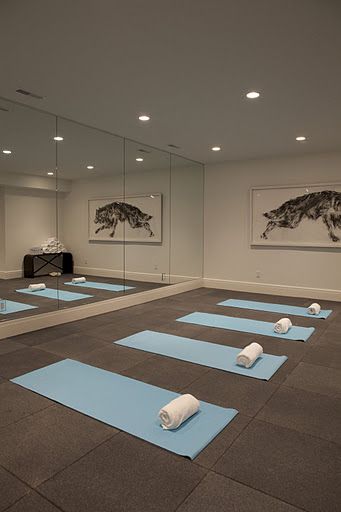
300,000 R
I got to the children's dance school
As a result, I won the competition and received 300,000 R.
Everything went well, but again there were difficulties with the premises. I needed a hall with an area of 50 m², and these cost 50,000-100,000 R, and not in the center, but on the outskirts of the city. I couldn’t take on such obligations and pay more than 100,000 R for the premises of an adult and children’s studio: I had loans, and if something went wrong, no one would help me.
I tried to search for premises through state auctions and the city administration, I turned to the mayor for help. She offered to do free classes for children from orphanages or large families. But no one came towards me. We have a small city, culture and education are not particularly developed here.
Factory workers live in my city, who prefer to drink and watch TV after work.
It was not accepted to get involved in something or have a hobby, so it is difficult to develop in a creative environment.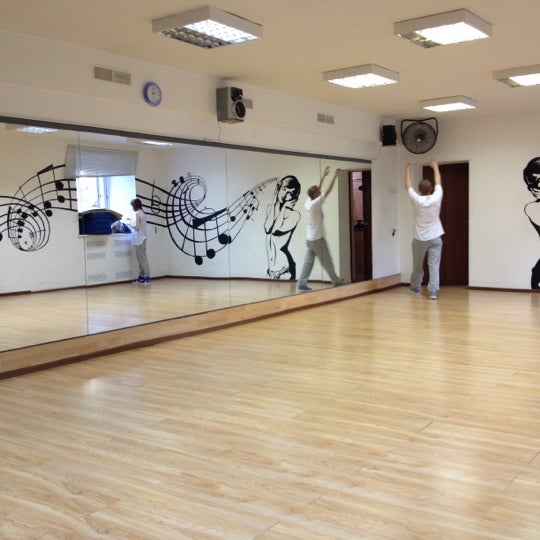
As a result, the school could not be opened. I spent a grant on an existing studio, and the foundation accepted it, because I originally asked for money to expand and develop the business. So the grant was well spent.
Despite the history with the grant, 2014 was a successful year: for the first time we held the first major dance event in the city — a pole dance competition. At the same time, it became possible to open branches in other cities: I found two halls and a representative, and I could launch three schools at once. But she was afraid of responsibility and put it off for the future.
/pozhaluite-grant/
How I got a grant for 100,000 R
I was afraid to carry such a large financial burden on my own, especially the simultaneous payments for four rents. I also wouldn’t have had enough time to manage all the studios myself, and there was no one to delegate.
If I created a network of dance studios, it would raise the status of the project, bring additional income and allow the sale of the franchise to start.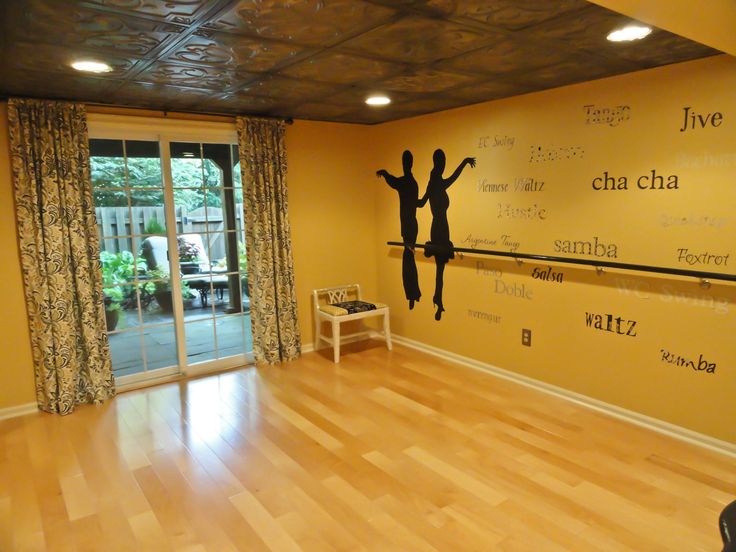 In the future, I did not have such opportunities.
In the future, I did not have such opportunities.
Went into the red and started again from scratch
In the winter of 2014, things went badly. At first I thought that it was just the off-season, winter and summer in this area are disastrous months. I had a small airbag with which I closed the holes. But in the spring it ended, but the situation did not get better, and the business went into the red.
Just then, the financial crisis happened, and it hit my city significantly: salaries dropped a lot, people began to save money - and first of all on hobbies. The city has a poor population, business is not doing very well, and financial shocks have a strong effect.
It seems to me that my business went into the red mainly due to two reasons:
- Some of the teachers turned out to be unscrupulous - they conducted additional classes in the studio past the cash desk. Or they were trained at my expense, and then left and poached students.
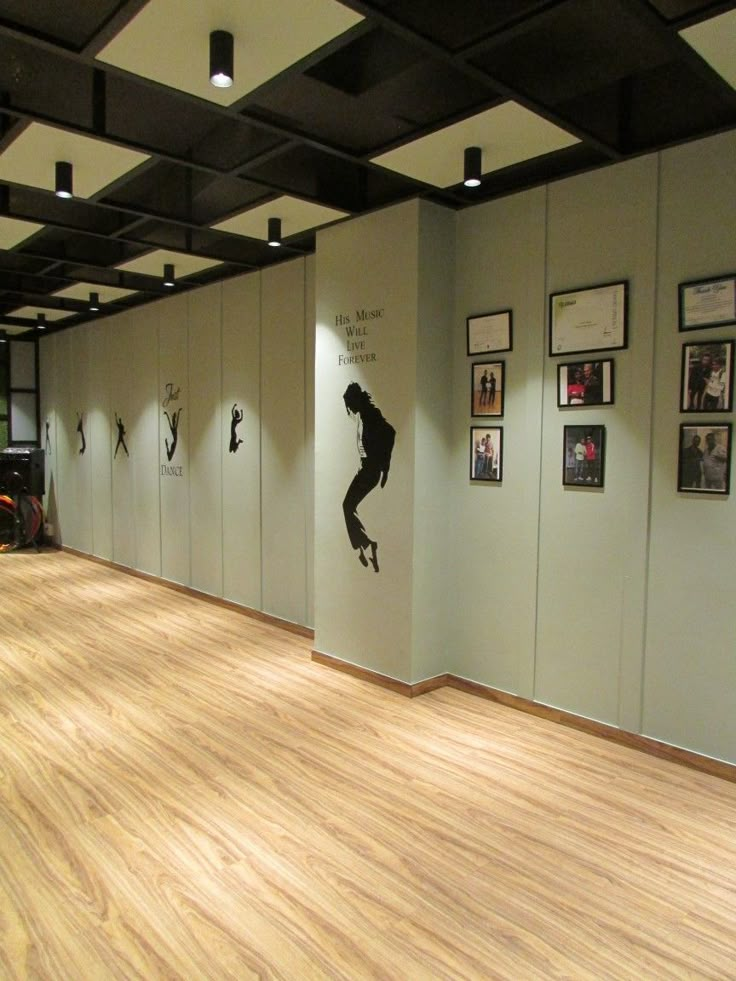 I noticed this just in the fall of 2013 and in the winter of 2014, I was losing 20,000-35,000 rubles a month because of this.
I noticed this just in the fall of 2013 and in the winter of 2014, I was losing 20,000-35,000 rubles a month because of this. - Clients asked to extend their subscriptions in advance, but never brought money. In the winter of 2014, there were a lot of such cases - about 9— 12 people per month.
As a result, the studio's income fell from 110,000 to 60,000 rubles. I was forced to fire unscrupulous teachers and could no longer pay rent.
I had to move from a good place to nowhere, and the studio stopped working for almost a year - until February 2015.
Despite the closure, I believed in my project and had no idea what else to do. At that moment, the studio seemed to be the work of my whole life. In January 2015, I saw an advertisement for the delivery of a building with four-meter ceilings and two large halls.
By that time, competitors had already begun to appear in the city, who also taught half-dance. Half of my students and all the staff went to them - this time no one expressed loyalty and did not wait for me to solve problems. But the description of the new premises hooked me, and I decided to open again. She recruited teachers from her former students, and also looked for clients through social networks.
But the description of the new premises hooked me, and I decided to open again. She recruited teachers from her former students, and also looked for clients through social networks.
The renovation of the hall took several months, so the studio opened only at the end of March. With difficulty, but I brought the business to its previous level, launched joint courses with teachers from other cities. I spent 285,000 R on the opening - these are the costs of repairs and rent for three months. I borrowed part of the amount from a friend, I earned part myself - at night I wrote diplomas in economics for students.
285,000 R
I spent to open a new studio
How I decided to sell the studio two months. I managed to pay off debts for repairs and reach a stable profit.
In 2016, a lot has changed in my life. I met my future husband, we began to live together, and then we decided to move to another city. The business was irrelevant for me, and I put the studio up for sale.
It was planned that it would be bought by one of the old students who have been working in the studio since its foundation. And so it happened. We negotiated with one of the students for almost a month. By that time, I had already closed my LLC and was about to move. Therefore, I sold the studio to her as an individual with the transfer of all rights, property and equipment for a symbolic 100,000 R - this is how much the equipment of the hall cost, taking into account wear and tear.
After the sale, I introduced the new owner of the studio to the staff and students, completed all personal affairs and never returned to this topic.
Expenses for December 2016
| Salary | 25 000 R |
| Premises for rent | 14 000 R |
| Drinking water and disposable cups | 2000 R |
| Alcohol | 2000 R |
| Utility payments | 1500 R |
| Total | 42 500 Р |
Salary
25 000 R
Rent of premises
14 000 0005
Drinking water and disposable cups
200004
CITY
20000 RED 9000 Р
What mistakes affected the development of the business
Despite the successful start of 2014, I made mistakes that slowed down the development of the business.
Did not conclude agreements with teachers, because I relied on their integrity and honesty. As a result, they went through training that I paid for, then went to competitors and took students away. To prevent this from happening, I needed to legally fix the training and confidentiality conditions. For example, to prescribe in the contract that the teacher is obliged to work in the studio for a certain period after completing the training or pay its cost, otherwise - a fine.
Gave the keys to the studio to all teachers. I did not follow what the teachers were doing in the studio outside of class, and someone began to conduct classes past the cash register. Usually, an administrator works in studios, and only he has the keys: he opens and closes the studio, marks clients, and monitors subscriptions.
Made the salary too high in the city. I could save about 15,000 R per month on teachers' salaries and spend this amount more appropriately - on advertising or attracting additional teachers during the daytime and weekends.
Didn't introduce strict visiting rules and didn't set up a record keeping system. I went forward when the students asked to renew the subscription on credit or pay in installments. Because of this, I lost some of the money: clients went to classes, but never brought money for them, and I could forget who did not pay. If we had a CRM or other customer accounting system, these problems could have been avoided.
Irrationally used the premises. Instead of opening a second hall and teaching other dance styles, I made a dressing room and an office for employees in its place. In addition, it was possible to sublease the premises in the morning and afternoon, when there were no classes. I was offered this, but I refused. The studio could have a large sum from the evening for the sale of subscriptions, so you would have to keep track of those who rent the hall for sublease - either hire an administrator or do everything yourself. There was no worker for a nominal fee, and I didn’t have enough time.
Did not use all advertising tools . It was possible to attract well-known personalities in the city for cooperation, place booklets and business cards in popular places, launch targeted advertising and more actively maintain a page on Instagram. When I reopened the studio, I no longer invited the press and did not arrange master classes, and as a result, they began to forget about the school, especially since three competitors appeared.
Made hasty decisions. The third move was unsuccessful: the studio was in an area difficult to reach by public transport, too much money was spent on repairs, and it was difficult to get along with the landlords. For example, they promised to install batteries for three months and started working only when I threatened to leave. All agreements with landlords had to be fixed in writing in the contract, and not limited to verbal promises.
Invested in an ad that didn't work.